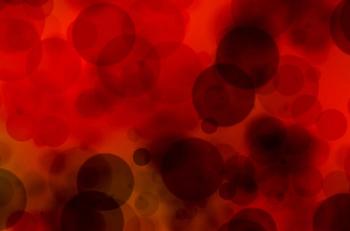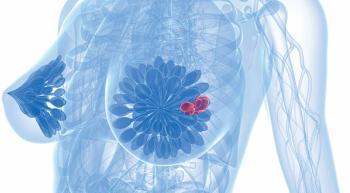
Rasburicase reduces tumor lysis risk in hematologic malignancies
Rasburicase (RAS) is superior to allopurinol in adult patients with hematological malignancies whose treatment puts them at high risk for developing tumor lysis syndrome or who have hyperuricemia at baseline, according to a study out of Houston’s M.D. Anderson Cancer Center.
SAN FRANCISCO -- Rasburicase (RAS) is superior to allopurinol in adult patients with hematological malignancies whose treatment puts them at high risk for developing tumor lysis syndrome or who have hyperuricemia at baseline, according to a study out of Houston's M.D. Anderson Cancer Center.
TLS is a potentially lethal metabolic complication of chemotherapy or cytolytic antibody therapy. The prevention and management of TLS includes hydration and reduction of serum uric acid levels (SUA). Although allopurinol (AL) has long been used for TLS prophylaxis, its efficacy in controlling SUA is limited, especially due of its lack of action on pre-existing hyperuricemia. Rasburicase, an injected recombinant urate oxidase, converts uric acid into readily excretable and soluble allantoin. RAS (Elitek) is currently indicated in the U.S. for TLS-associated acute hyperuricemia in children and adolescents.
Jorge Cortes, MD, and colleagues conducted a prospective, randomized, parallel group study with three arms (RAS 0.20 mg/kg/day; RAS 0.20 mg/kg/dose days 0, 1 with an overlap day of RAS and oral AL 300 mg/day, then AL 300 mg/day on days 3 and 4; AL 300 mg day). The aim was to compare the ability of the regimens to control serum uric acid (abstract 919).
The patients (275) had high TLS or potential TLS risk and had been diagnosed with acute myeloid leukemia, lymphoma, myelodysplastic syndrome, or multiple myeloma. Treatment success was defined as a plasma uric acid level of ≤7.5 mg/dL (day 3 through 7).
Dr. Cortes reported in a poster presentation that the plasma uric acid response rate (PUAR) was superior for RAS (87% versus AL 66%, p = 0.001) with a strong trend for improved PUAR for RAS+AL (78% versus 66%, P = 0.06). No patients in the RAS-containing groups failed to control PUA. Laboratory TLS was reported in 20.7% of RAS patients, 27.2% of RAS+AL patients and in 40.7% of AL patients. Clinical TLS was reported at rates of 1%/1% and 5.5%, in the respective groups.
Overall, RAS treatment was well tolerated with most adverse events attributed to chemotherapy or to underlying disease. RAS events were uncommon, with ≤2% of grade 3/4 events, ≤1% discontinuations and no related toxic deaths. Grade 3 or higher hypersensitivity or allergic reactions were ≤1%.
"Where AL prevents the formation of new uric acid, RAS destroys uric acid. AL can take a long time because you have to wait for the already made uric acid to be cleared. RAS gets uric acid down quickly, often to undetectable levels in a day. And it stays down," Dr. Cortes commented in an interview with Oncology News International.
"RAS is superior to AL in normalization of serum uric acid, with a faster effect, in adult patients at risk for TLS. RAS alone or followed by AL are two valid options for this patient population," he concluded.
Newsletter
Stay up to date on recent advances in the multidisciplinary approach to cancer.

















































































